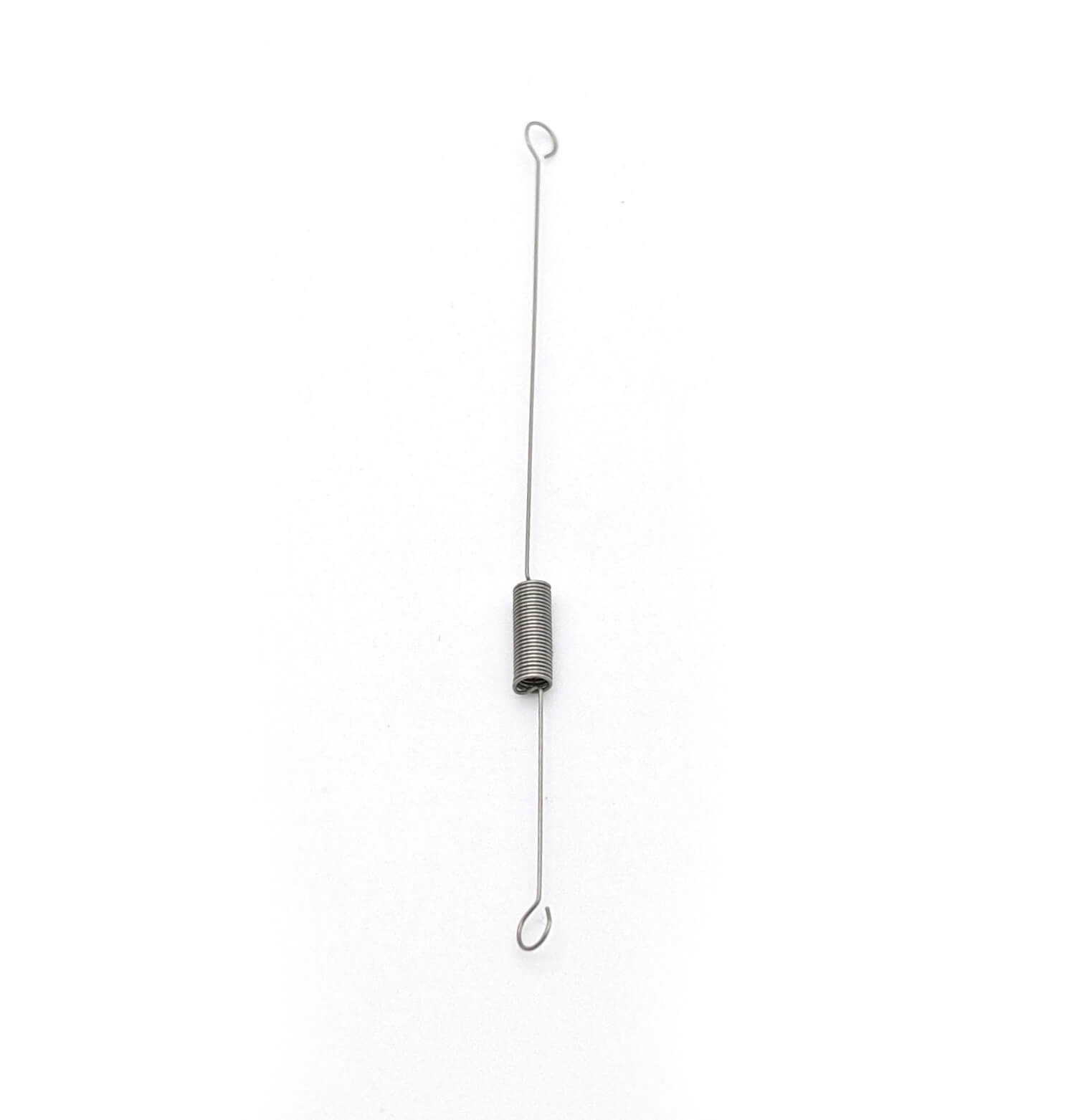Get unique, complex parts easily. No matter your requirements, Chaoyi Spring creates hard-to-produce coil springs and wire forms.
Let us help you create the custom wire form you need, from S-hooks and J-hooks to utility hooks and more.
We work closely with customers across a wide range of industries, helping them design and manufacture made-to-order parts.
Why choose Chaoyi Spring? We prioritize customer-focused collaboration, modern equipment and the latest technology to make your parts per print.
Find the information and guidance you need, from measuring a spring to learning about materials, placing an order and much more.
Tension springs, also known as extension springs, are essential components in countless mechanical systems. They are designed to stretch under load and are commonly found in applications ranging from simple


Tension springs, also known as extension springs, are essential components in countless mechanical systems. They are designed to stretch under load and are commonly found in applications ranging from simple door closers to complex automotive suspension systems. Understanding the intricacies of tension springs can be daunting, especially when it comes to choosing the right one for your specific application. This comprehensive guide aims to provide clarity by delving into the details of tension spring charts and their critical role in selecting the perfect spring for your needs.

Tension spring charts are invaluable tools that provide a concise and organized representation of various spring characteristics. These charts typically contain a wealth of information, including:
These charts are meticulously designed to streamline the selection process. By understanding the spring parameters listed in the chart, engineers and designers can readily identify a tension spring that perfectly meets their specific project requirements.
Tension spring charts are more than just a collection of data; they are essential resources for various reasons:
The arrangement of tension spring charts can vary slightly from manufacturer to manufacturer, but the core information remains consistent. Here's a step-by-step guide to interpreting a typical tension spring chart:
While tension spring charts provide valuable information, it's crucial to consider additional factors that can impact your selection:
Tension springs come in various forms, each with specific advantages and applications:
Tension springs are ubiquitous in mechanical systems, playing vital roles in diverse industries. Here are some common examples:
Tension spring charts are indispensable tools for engineers, designers, and anyone working with mechanical systems. By understanding the information they provide, you can confidently select the right tension spring for your specific application. The accurate choice of a tension spring ensures optimal performance, durability, and cost-effectiveness. Remember to consider factors such as the operating environment, load requirements, space constraints, and durability when making your decision. With a clear understanding of tension spring charts and the key considerations, you can confidently design and build reliable mechanical systems that meet your exact needs.
Whether you are working on a simple door closer or a complex industrial machine, tension spring charts are an invaluable resource for finding the perfect spring for your project. By understanding the information these charts provide, you can select a spring that meets your specific needs, ensuring optimal performance, durability, and cost-effectiveness.
Browse some of the custom wire forms and springs that we manufacture. Don’t see what you need? We specialize in made-to-order products that meet your application requirements.
Visit Our GalleryNeed a custom wire form or coil spring? We make it work. Fill out the contact form and a representative will respond within 1 business day. If you have a PDF or CAD file, you can submit to request a quote.